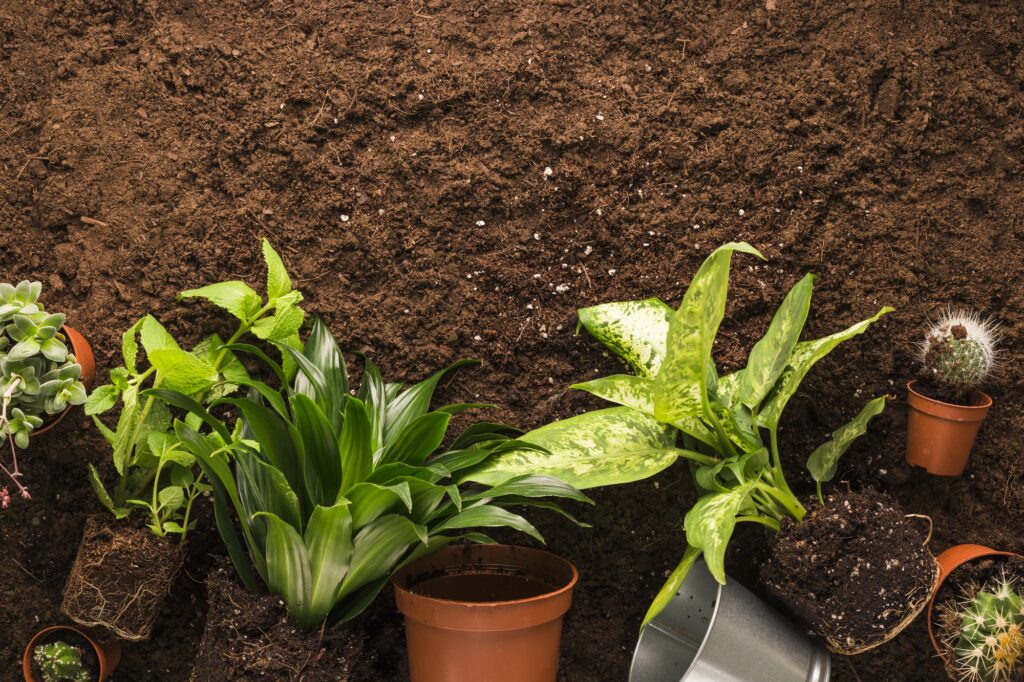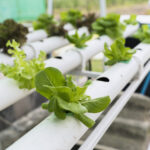Introduction
A good soil mix is a must for a healthy garden. The right soil mix is the key to a successful garden. It feeds the roots, holds moisture, and creates space for helpful microorganisms to grow. Without quality soil, even strong plants will have a hard time growing.
Gardeners often face difficulties with soil preparation, such as compacted soil, poor drainage, and lack of nutrients. These issues can hinder plant growth and reduce harvests. Fortunately, with some knowledge and simple adjustments, you can enhance the soil’s fertility and structure.
Understanding the Basics of Soil Composition
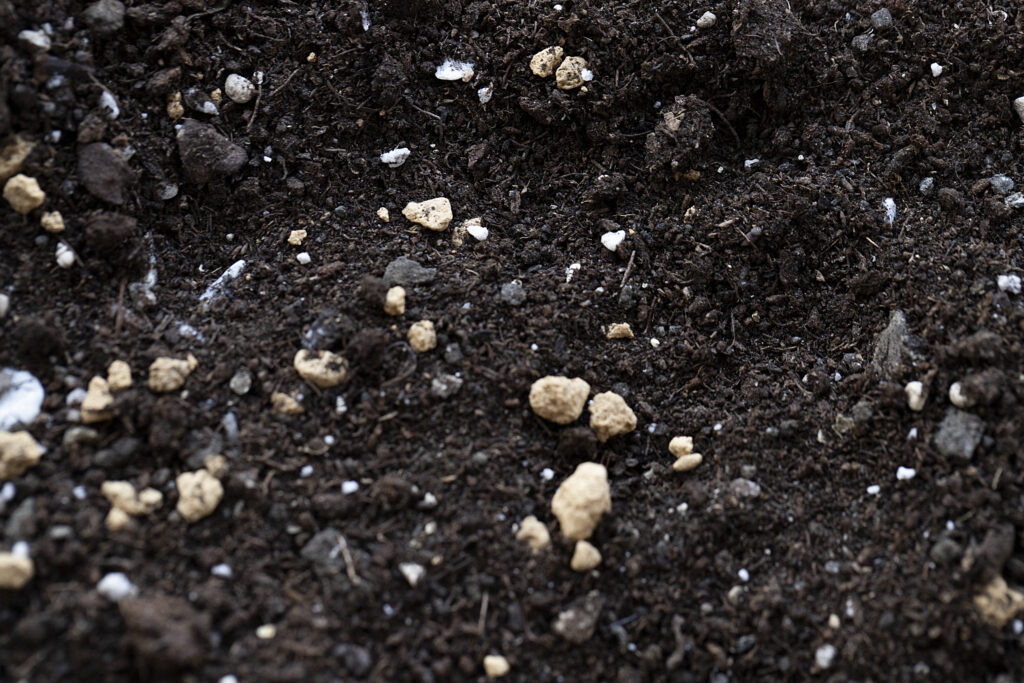
Soil comprises three main components: minerals, organic matter, and air spaces. The minerals clay, silt, and sand, each have unique qualities. Clay retains water but can compact easily, sand improves drainage but struggles to hold nutrients, and silt provides retention and structure.
Organic matter is the lifeblood of soil health. Materials like compost, decomposed leaves, and aged manure feed plants, improve the soil’s ability to retain moisture and foster beneficial microbial life.
Soil texture is key to plant health. Loamy soil, a mix of clay for water retention, sand for aeration, and organic matter for richness, represents the ideal balance. Understanding this is crucial for creating the perfect soil mix.
Key Ingredients for the Perfect Soil Mix
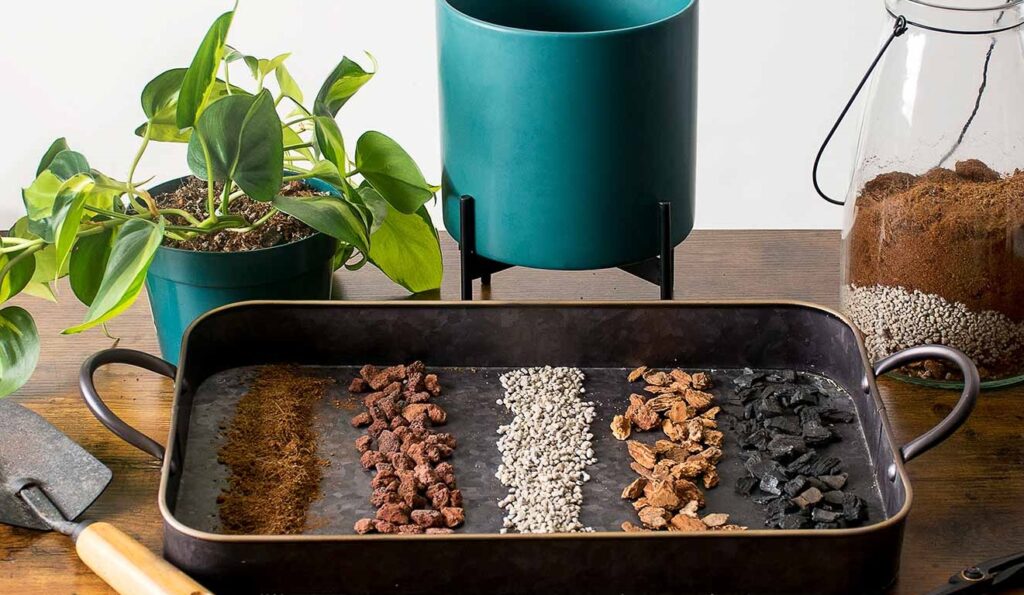
A good soil mix starts with organic matter like compost, aged manure, and leaf mold, which add nutrients and improve soil structure. They also promote helpful microbes that break down organic materials for plants to absorb.
Materials like perlite, vermiculite, and sand to ensure adequate airflow and drainage. Perlite prevents soil compaction, while vermiculite retains moisture for plants that need regular watering.
Slow-release fertilizers or natural additives like bone meal and rock phosphate provide a steady supply of essential nutrients for healthy plant growth.
Customizing Soil Mix for Your Plants
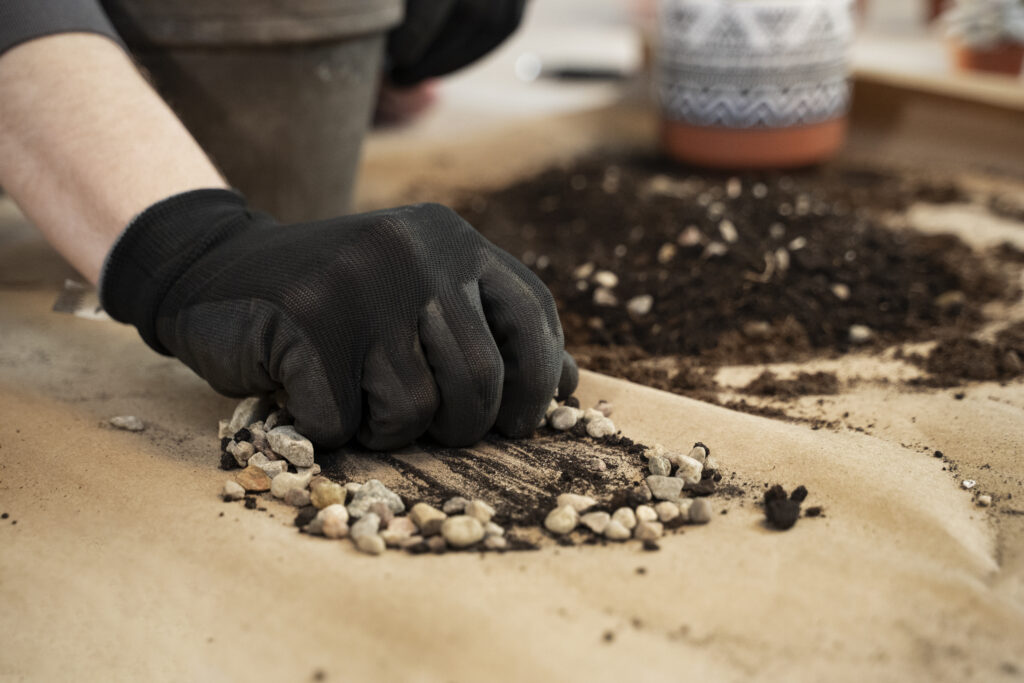
Different plants have specific needs, making it crucial to customize your soil mix for a flourishing garden. Generally, vegetables thrive in nutrient-rich, well-draining soil with a loamy texture. In contrast, flowers prefer lighter, more aerated mixtures that give vibrant blooms.
Indoor plants and succulents have their particular requirements. For example, succulents need a quick-draining mix with a high proportion of sand to prevent root rot. Tropical houseplants benefit from soil blends that contain coco coir or peat moss to retain moisture without leading to over-saturation.
Soil pH is another important factor. Some plants, like azaleas and blueberries, thrive in acidic soils, while others, such as lavender, prefer alkaline conditions. Testing and adjusting soil pH helps create the optimal environment for your plants.
DIY Soil Mix Recipes for Every Gardener

Beginner-Friendly All-Purpose Mix: Combine garden soil, compost, and perlite. This versatile mix works well for most plants and is easy to assemble.
Moisture-loving plants: Use two parts garden soil, one part peat moss, and one part vermiculite. This mix retains moisture while preventing compaction.
Container Gardening Mix: Blend one part compost, one part coco coir, and one part perlite. This lightweight mix is ideal for pots and planters and helps ensure proper drainage and aeration.
Fast-Draining Succulent Mix: Mix one part coarse sand, one part garden soil, and one part perlite. This ensures quick water runoff and protects delicate succulent roots.
Common Mistakes to Avoid
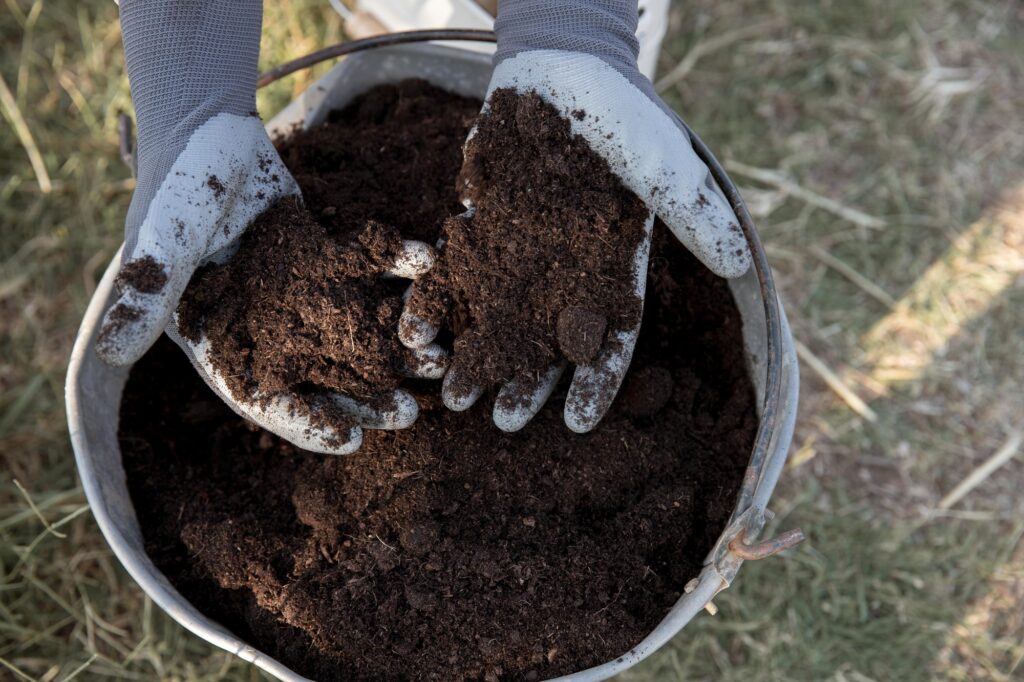
Adding excessive additives to your soil can be detrimental rather than beneficial. Many gardeners mistakenly think that increasing the amount of fertilizers or amendments will yield better outcomes, but this can create nutrient imbalances and damage the roots.
Failing to ensure proper drainage is a common mistake. Soil that does not drain well can suffocate roots, creating an ideal environment for rot and diseases. Likewise, not checking the soil pH can lead to plants having difficulty absorbing nutrients, even if the soil appears to be healthy otherwise.
Testing and Amending Your Soil
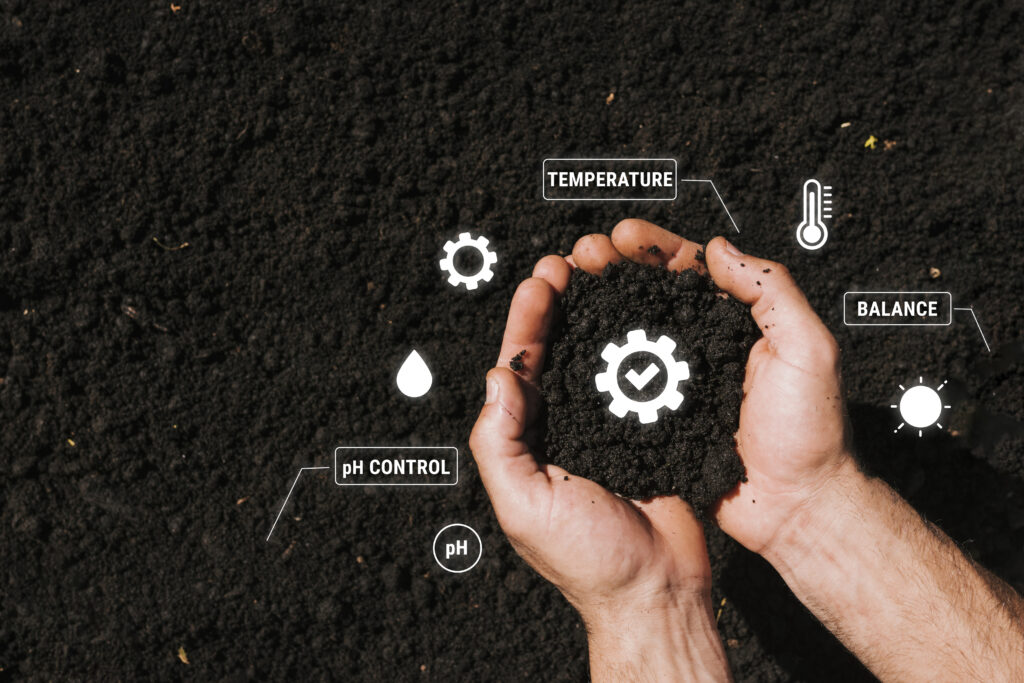
Determining soil pH is straightforward and affordable, with testing kits readily available at most garden centres. A basic grasp of your soil’s acidity or alkalinity allows you to customize your soil mix for particular plants.
Recognizing nutrient deficiencies often starts by noting plant symptoms. Leaves turning yellow, reduced growth, or insufficient flowering can all signal a deficiency of vital nutrients. Improving the soil with compost or organic fertilizers revitalizes its nutrient content.
Routine maintenance is essential. Incorporating organic materials in spring and fall helps maintain the soil’s vitality and ensures it remains fruitful year after year.
Eco-Friendly Practices for Soil Health
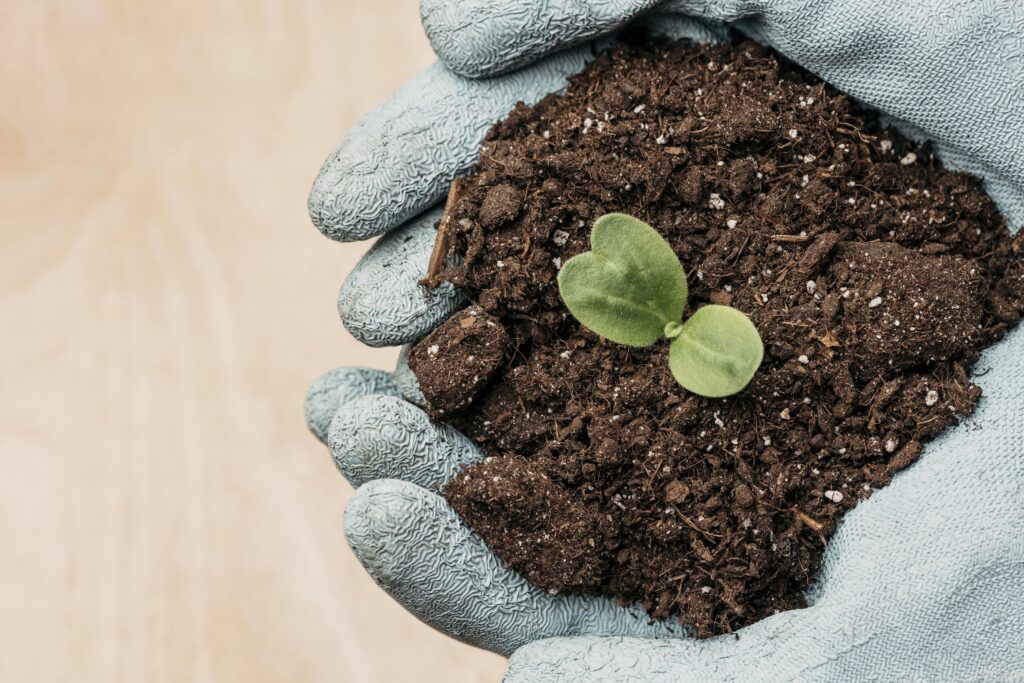
Creating compost is invaluable for gardeners. It minimises waste and produces a nutrient-rich amendment for your soil. Scraps from the kitchen, clippings from the garden, and fallen leaves can all be converted into valuable compost.
Applying mulch is another sustainable method. By layering organic materials such as straw or wood chips on the soil, you can maintain moisture, inhibit weed growth, and prevent soil erosion.
Steering clear of synthetic chemicals helps maintain your soil’s fragile ecosystem. Beneficial organisms like earthworms and microbes flourish in chemical-free environments, naturally boosting soil health.
Troubleshooting Soil Problems
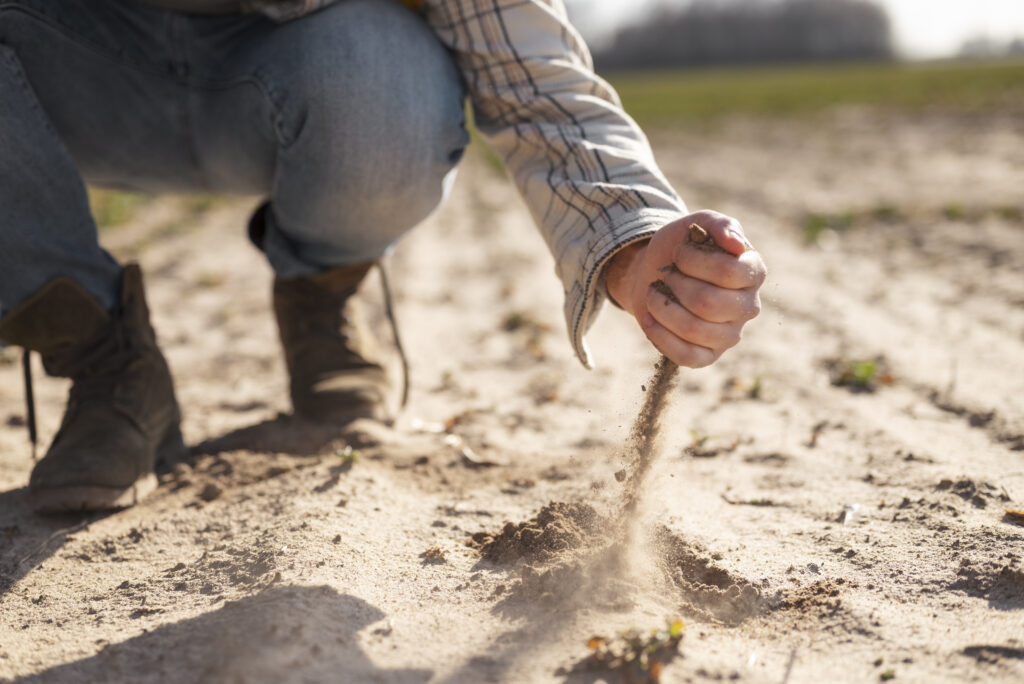
Compacted soil can be revitalized by incorporating organic matter and aerating it with a garden fork or tiller. Improving drainage with sand or creating raised beds can solve the issue for waterlogged areas.
Blending soil with organic matter creates a more balanced texture if it is overly sandy or clay-heavy. Organic matter improves sandy soil’s water retention and loosens dense clay soil for better aeration.
Soil-borne diseases are another challenge. Rotating crops and avoiding planting the same species in the same spot year after year help break disease cycles and keep soil healthy.
Final Thoughts
Creating the ideal soil mix starts with comprehending the composition of your soil and making deliberate adjustments. By blending the appropriate components, tailoring for your plants’ requirements, and prioritizing sustainability, you’ll establish a flourishing environment for your garden.
Embracing experimentation is key, so feel free to modify your mix as you discover more about your soil and plants. With attentiveness and care, your garden will provide abundant yields and lively growth stemming from the perfect soil mix.
